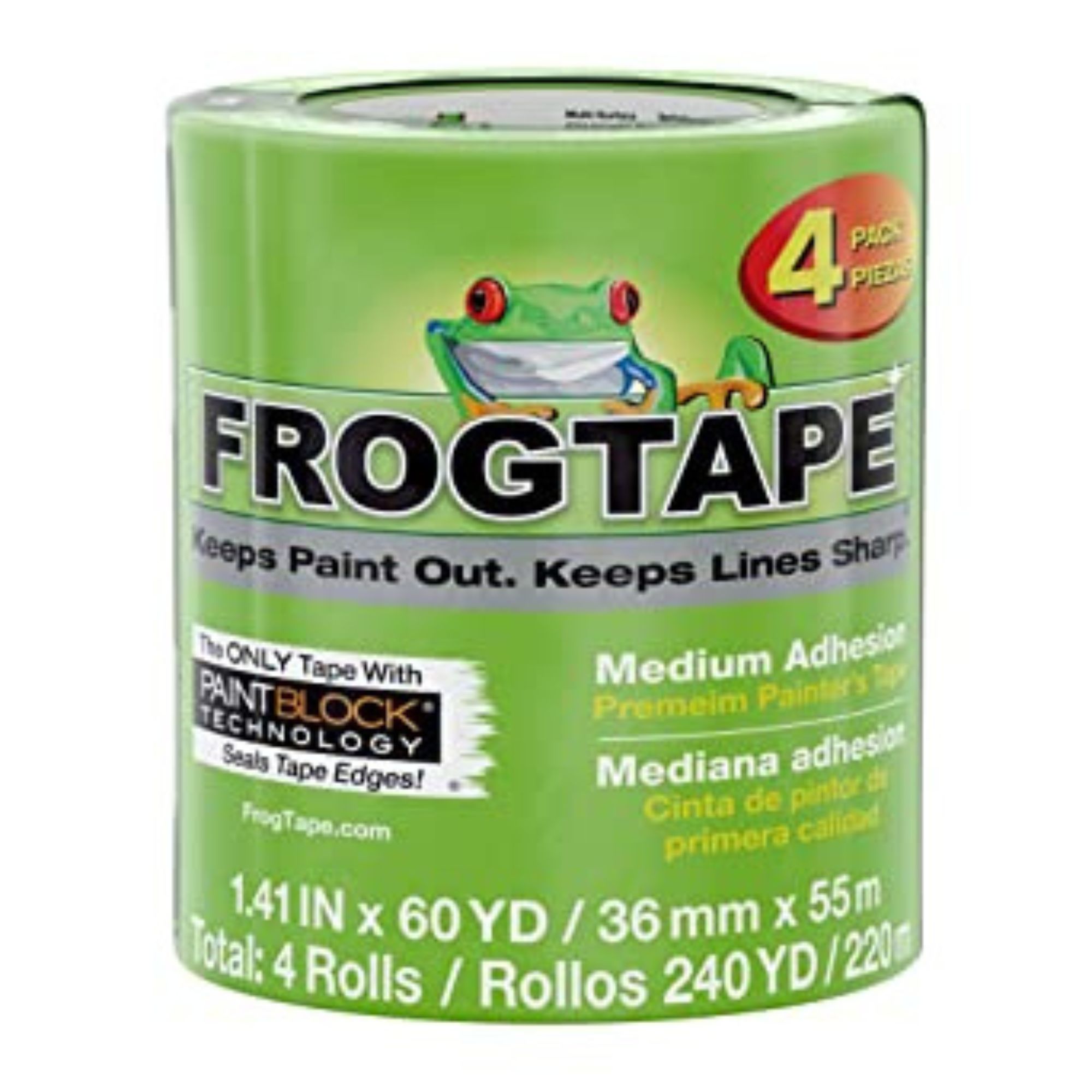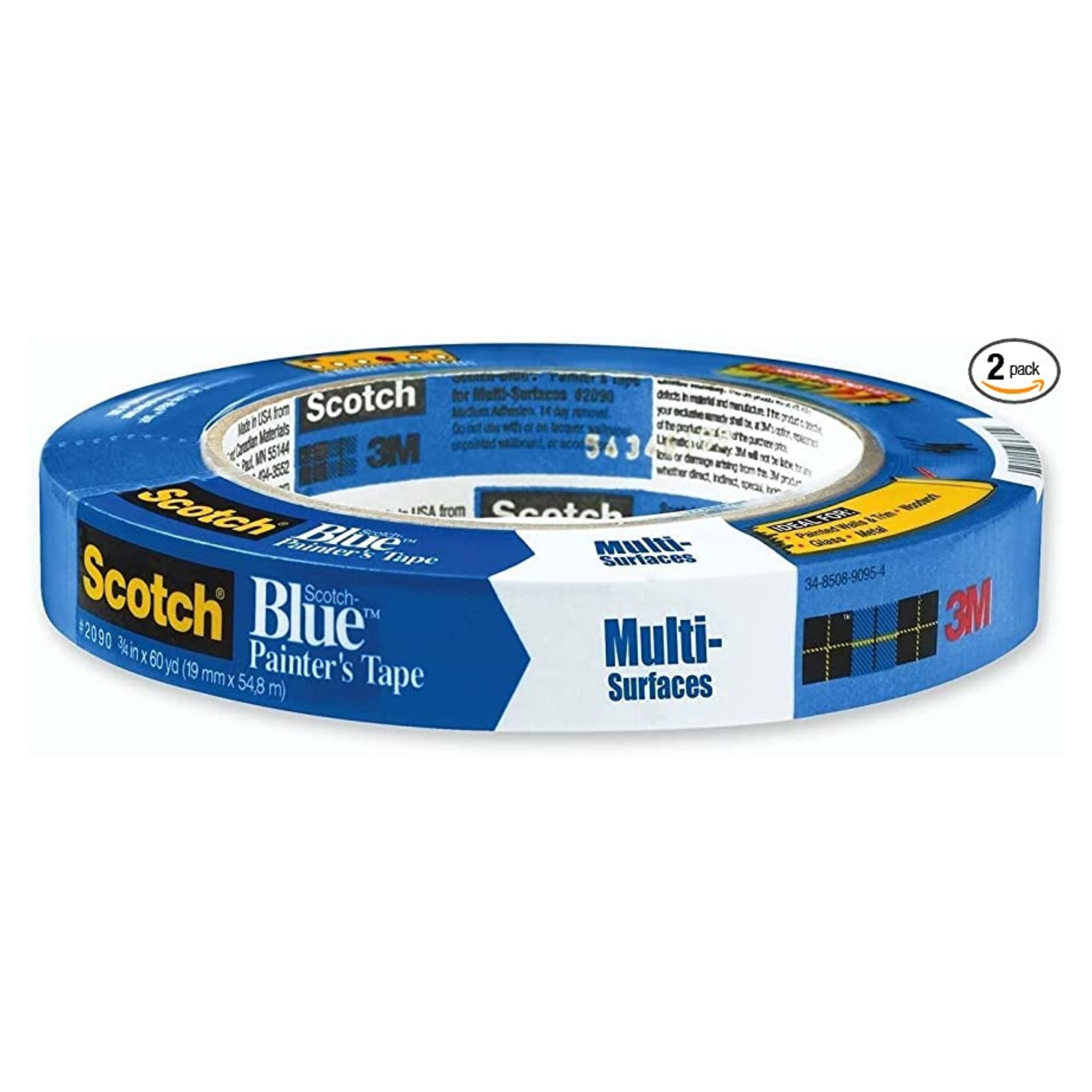Professional decorators say this is when to remove painter's tape – for a fabulously flawless finish
Experts share when to remove painter's tape, and how to apply it for a perfect paint job
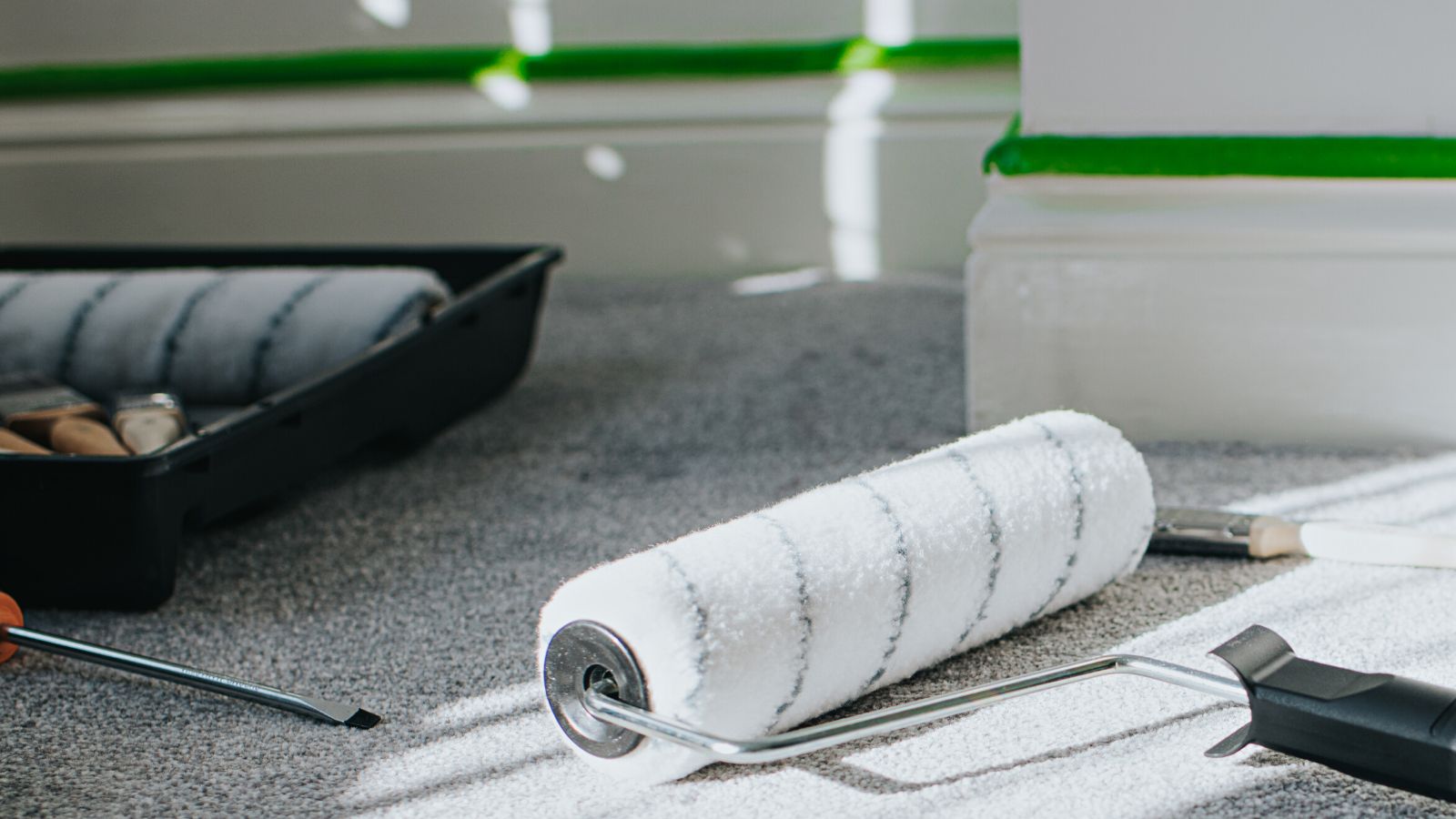

Painters tape is an incredibly handy tool for even the most experienced painter and home decorator, but pulling it off at the wrong time could ruin a day's hard work. So when should you remove the painter's tape?
When painting a wall, using painter's tape may sound simple, and while it can make the painting process easier, it can potentially damage both your lining paper and your paintwork, adding time to an already exhausting job.
This is no reason to freehand the job, however, as this is likely to make a worse mess than tape – rather, learning how to use painter's tape correctly (including when to remove painter's tape) makes it worthwhile.
When should you remove painter's tape?
We have asked some professional home decorators to find out when to remove painters tape for a perfect paint job.
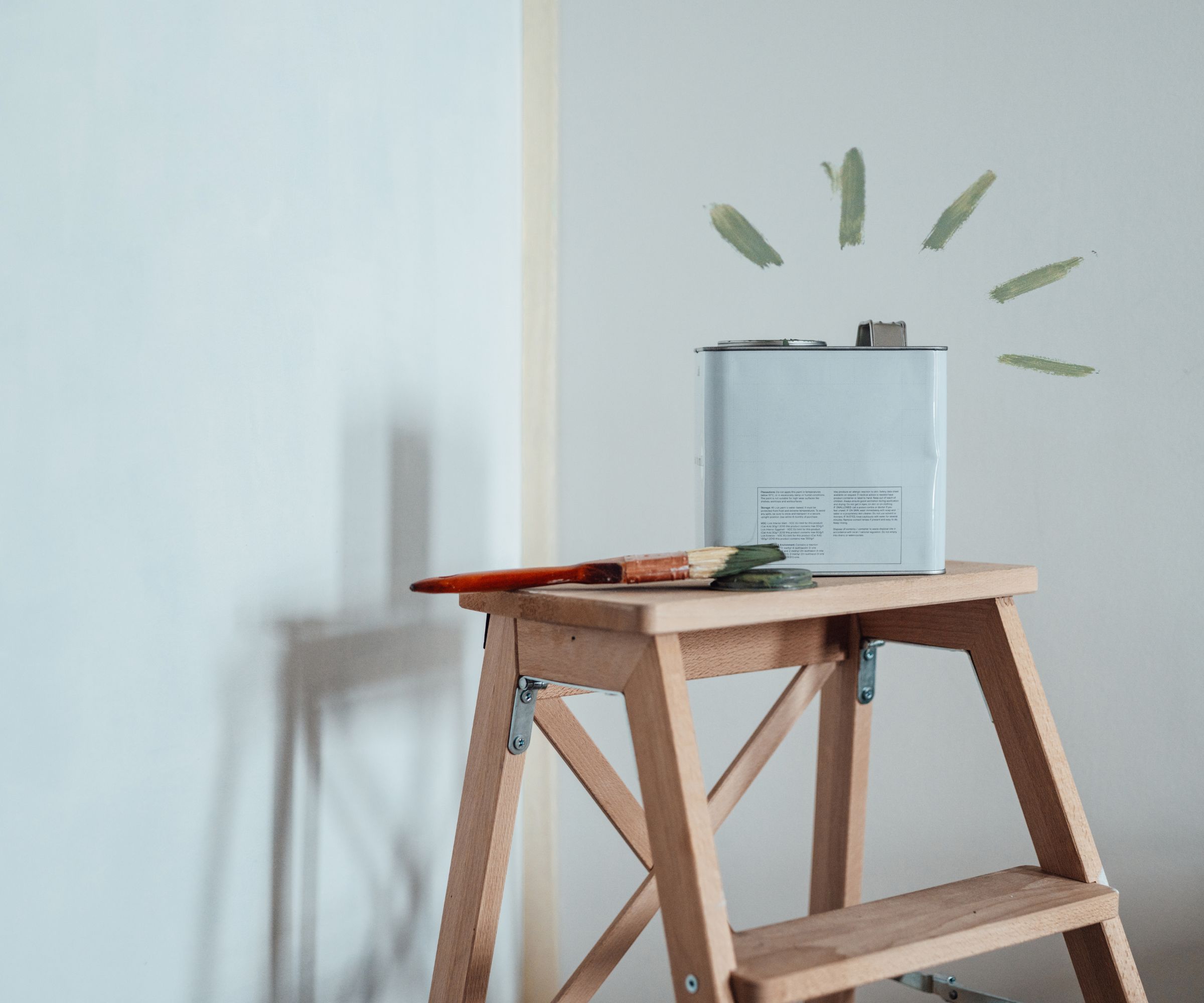
Painter's tape is essential when preparing a wall for painting, especially if you are an everyday DIYer. Knowing when to remove the tape is just as important as applying it correctly. There are conflicting opinions on when to remove painter's tape, but while some encourage removing it while wet, others advise leaving it on until it dries. We always recommend following the manufacturer's suggestion, if they are included. However, always act with caution and wait until it is at least touch-dry.
‘When it comes time to remove the tape, it is essential that you wait until the paint is completely dry. If you try to remove the tape while the paint is still wet, it can pull the paint and smudge it,’ suggests Stuart McKenzie, decorating specialist, Brand McKenzie. ‘This can ruin all of your hard work! With a little patience, you should be able to remove the tape easily and without any damage to the surface.’
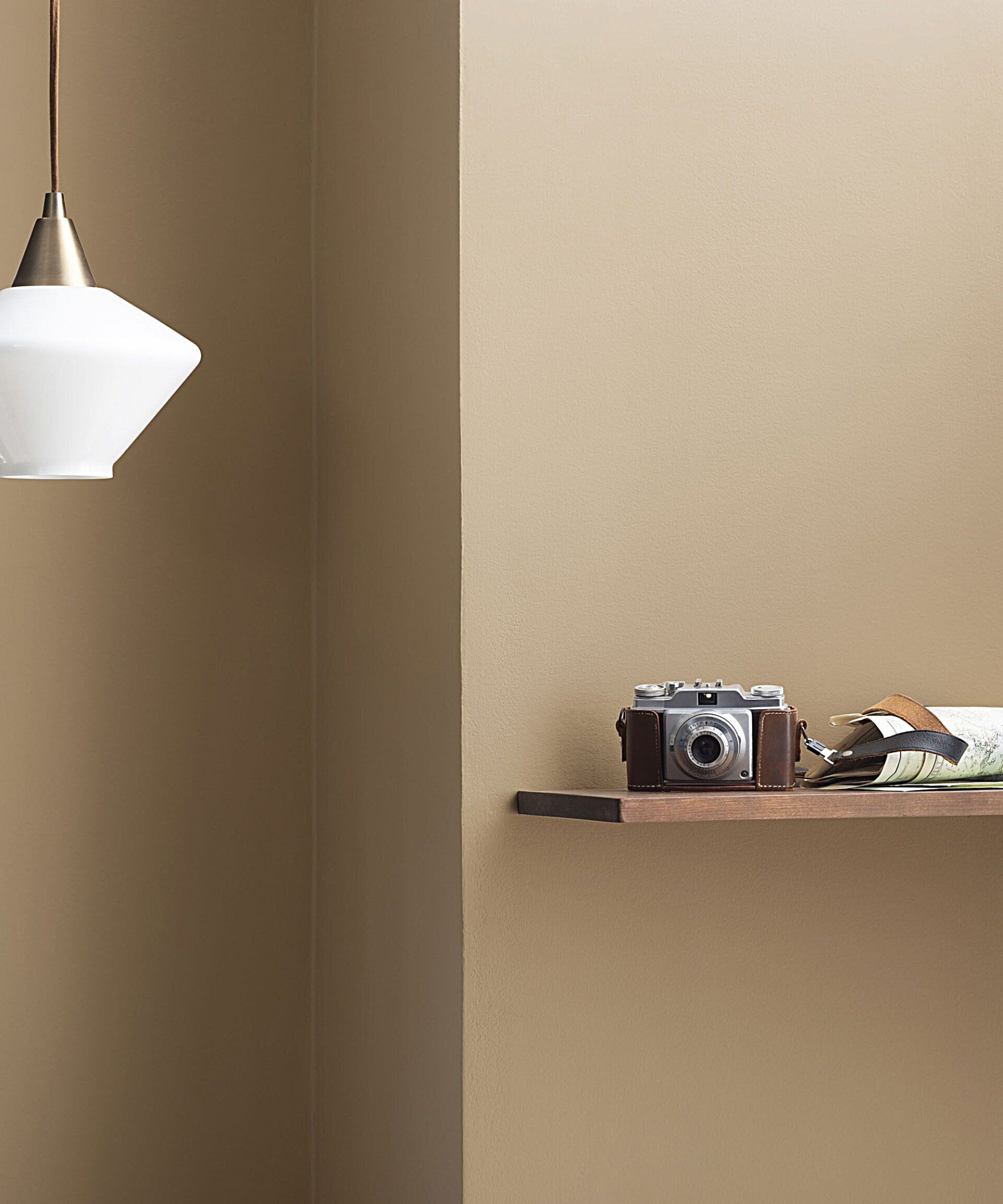
‘I'm a firm believer in pulling tape within 15 minutes of painting while the paint is damp,’ counters Tracey Amadio, design expert at Porch DayDreamer. ‘If the paint dries to the tape and you go to pull it, there is a high likelihood the paint will come with it, especially when painting glossy surfaces like tile or over polyurethane.’
When removing painter's tape, the method is the same no matter if the paint is wet or dry. ‘Score the tape's edge with a razor blade or putty knife,’ advises Pat Gilliam, painting and decorating expert, ‘this stops paint from cracking along the paint line and being lifted with tape. Lift the painter's tape up and carefully pull it back on itself to remove it at a 45-degree angle.’

Tracey Amadio is a painting and decorating expert and founder of Porch Daydreamer, a home improvement blog dedicated to helping others perfect their painting skills and DIY around the home.
How to use painters tape for a clean line
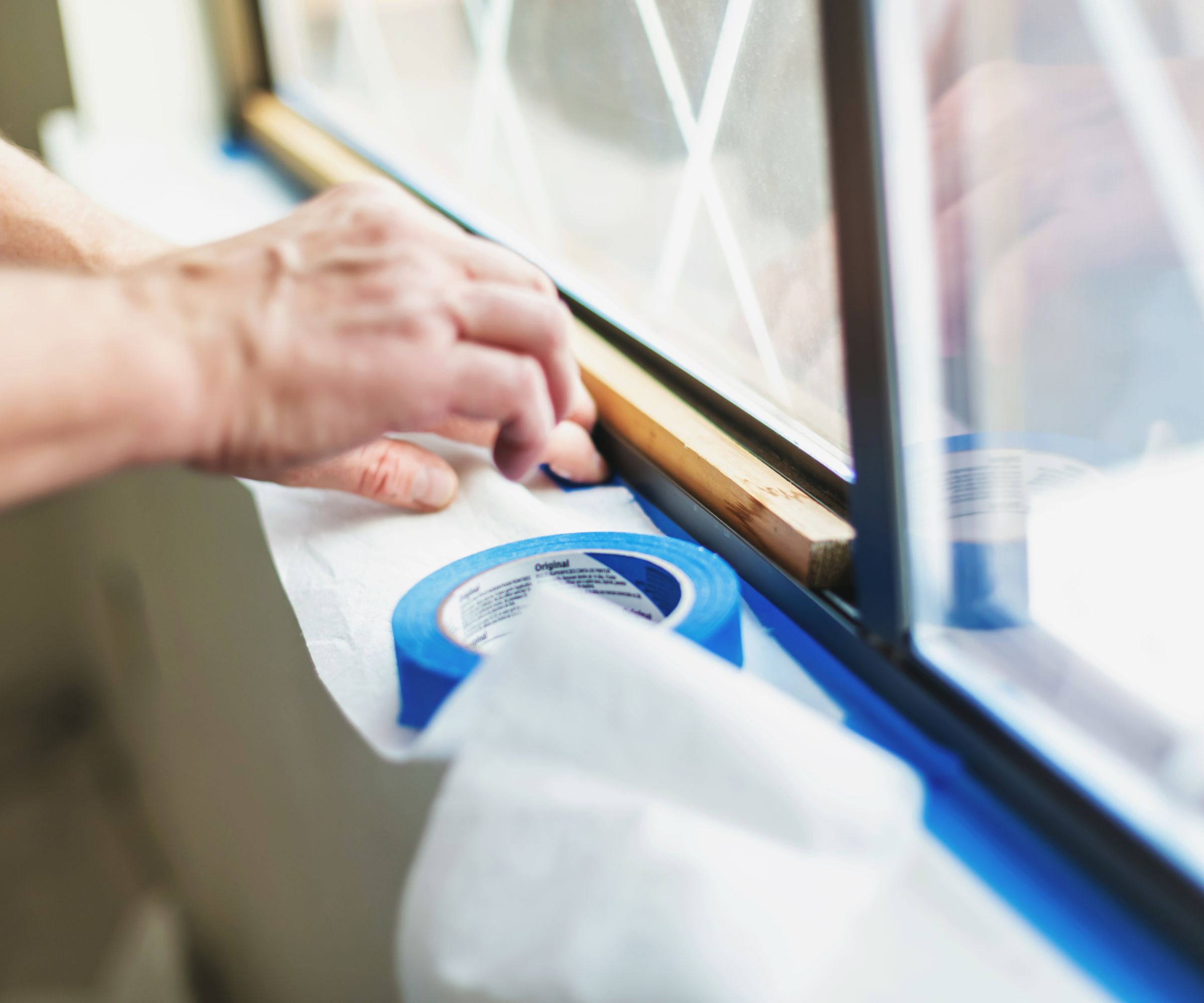
One of the most common wall painting mistakes is using painter's tape incorrectly. ‘Using painter's tape is a great way to get a clean, crisp line when painting. It helps to create straight edges and borders and can make the painting process much easier. However, there are some important things to keep in mind when using painter's tape to ensure that you get the best results possible,’ begins Stuart McKenzie, decorating specialist, Brand McKenzie.
‘Firstly, it is important to note that not everyone uses painter's tape. I prefer not to use tape at all. Instead, I use a level to draw a light line with a pencil and then cut it along the line with the brush, painting it freehand. However, this method requires skill and lots of practice!’ You may be able to freehand a straight line when painting a room and cutting in a normal wall along a base board, however, you should always use tape for projects like wall murals.
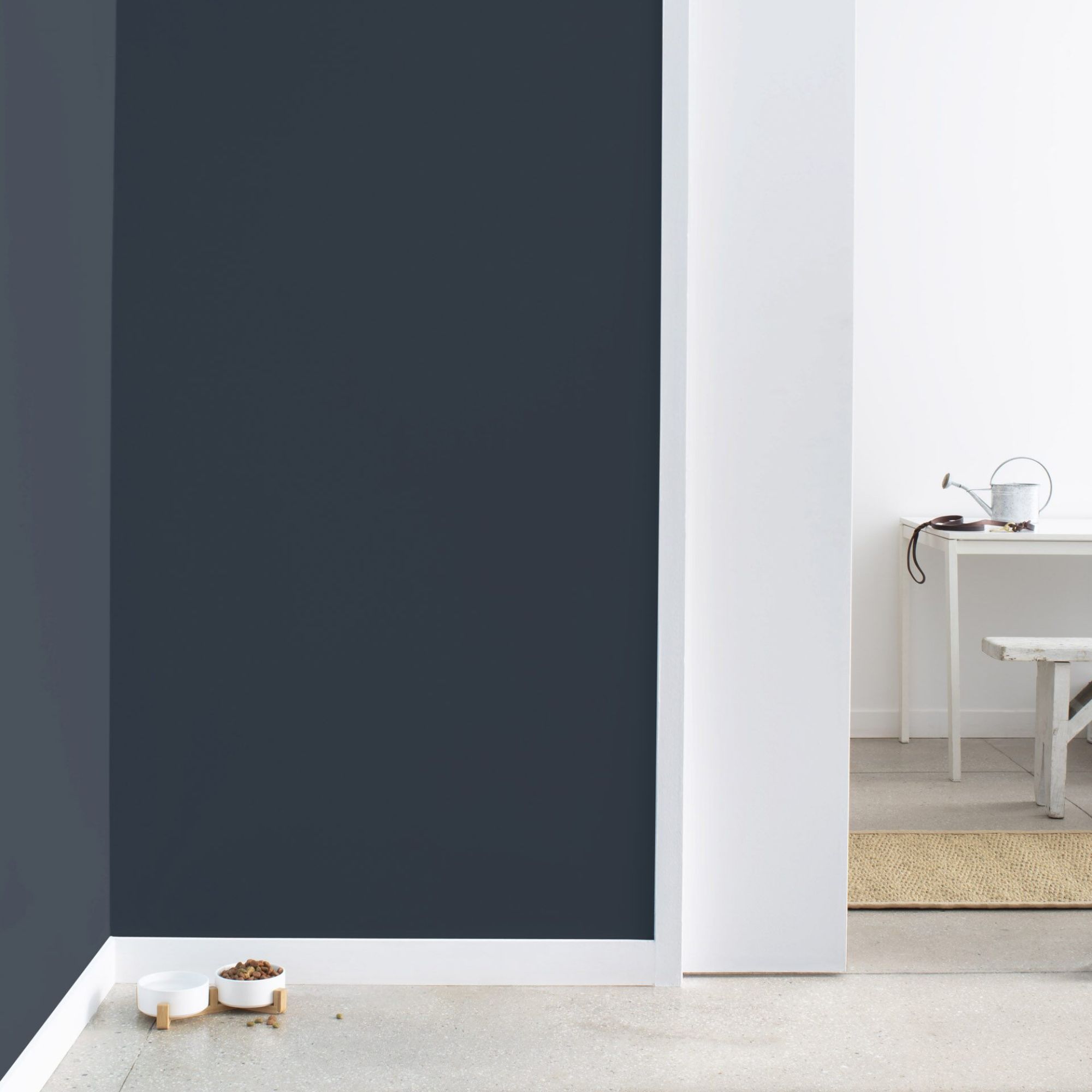
Stuart McKenzie says that if you do decide to use painter's tape, remember that when sanding or rubbing the wall to get a smooth surface ready for painting, dust is often created. So, the first step is to ensure that the surface you are applying the tape to is clean and free of any dust. Wall cleaning wipes, at Amazon, are a quick and easy solution. He warns that if there is dust underneath the tape, it may not stick properly to the surface, and the paint may seep underneath the edge of the tape, creating a messy finish.
‘You can use the existing color on the wall to cover the tape's edge,’ adds Pat Gillam. ‘The tape is sealed when you brush the original color over the edge; any paint that leaks beneath will match what you've previously painted. Apply your fresh color to the previous layer once it has dried,’ they explain. ‘Once the tape is removed, voilà! You should have straight, smooth paint lines rather than wavy, unattractive ones.’
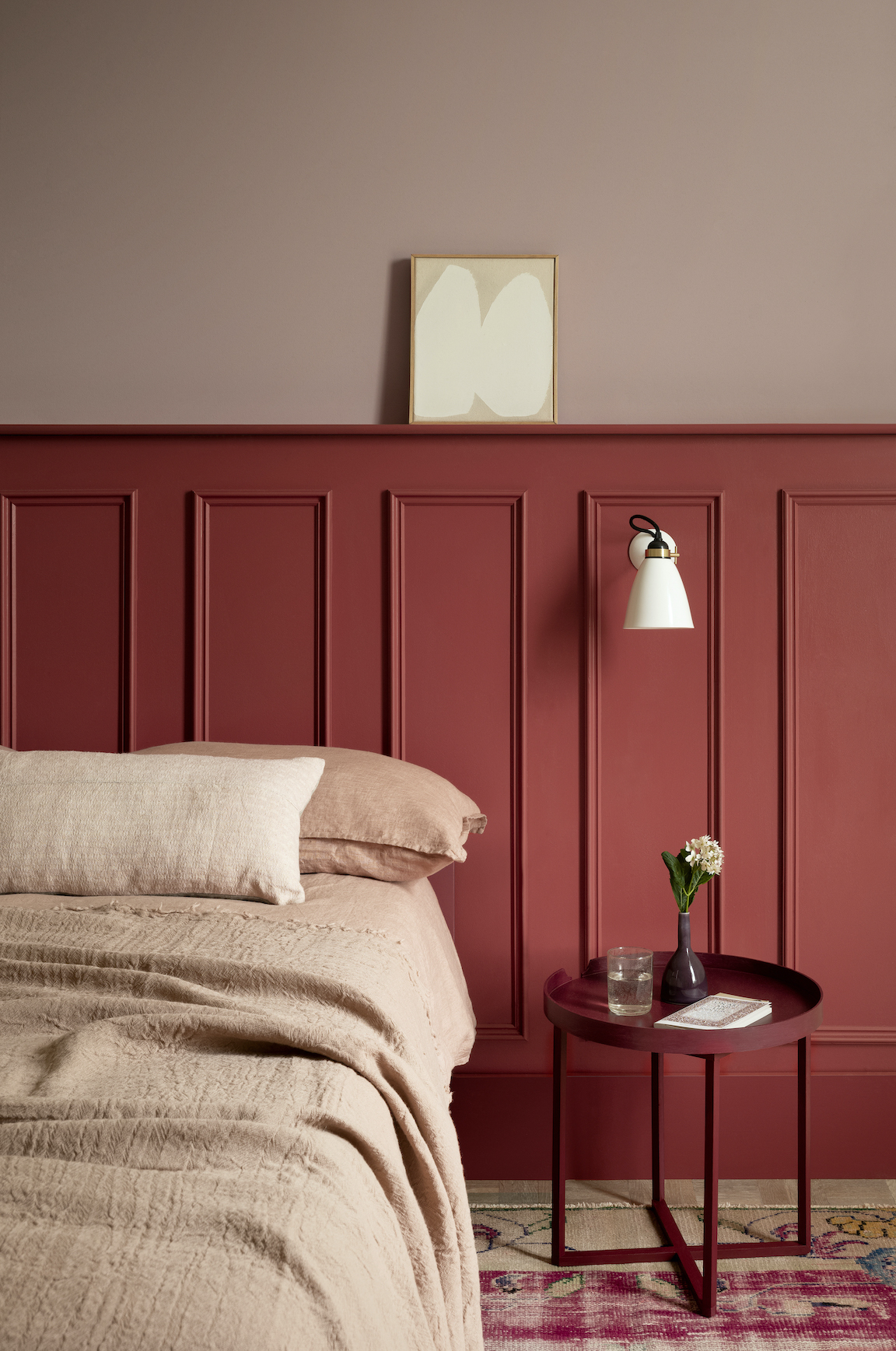
If your painters tape doesn't quite come away as you hoped and leaves small peeling areas, there are some smart paint tricks you can use to repair the wall without any noticeable patches. ‘Luckily, most paint mistakes can be fixed by sanding down the edges of the damaged area,’ Tracey Amadio explains. ‘Depending on how deep the damage is it may be a good idea to spackle the area and sand it smooth. Just make sure to clean off all sanding dust. Then re-tape and paint – this time you'll remember to pull the tape when it's still damp!’
The best painter's tape for a smooth finish
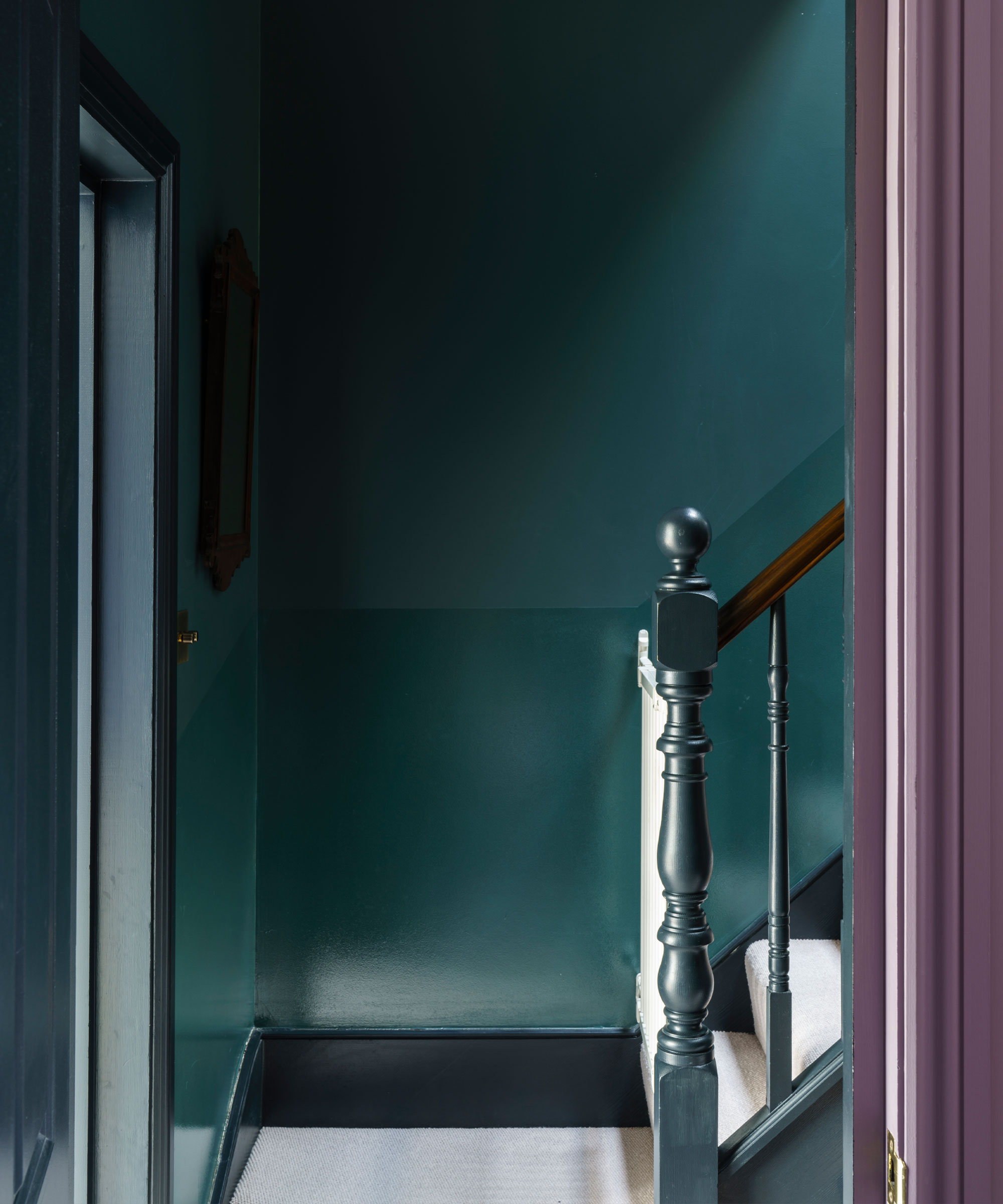
While there is a huge range of paint tapes available, there are a few brands that experts recommend you use to realize your paint ideas without a hitch. ‘Frog tape is my favorite for the cleanest line and especially their delicate surface version when taping over newly painted surfaces,’ Tracey recommends. ‘It won't cause damage when you pull it. Use it for things like stenciling over freshly painted tile.’
‘When selecting painter's tape, it is important to choose a brand that is reliable and of good quality. I prefer 3M, as they offer a variety of tapes to suit different surfaces and paint types,’ adds Stuart McKenzie, decorating specialist, Brand McKenzie.
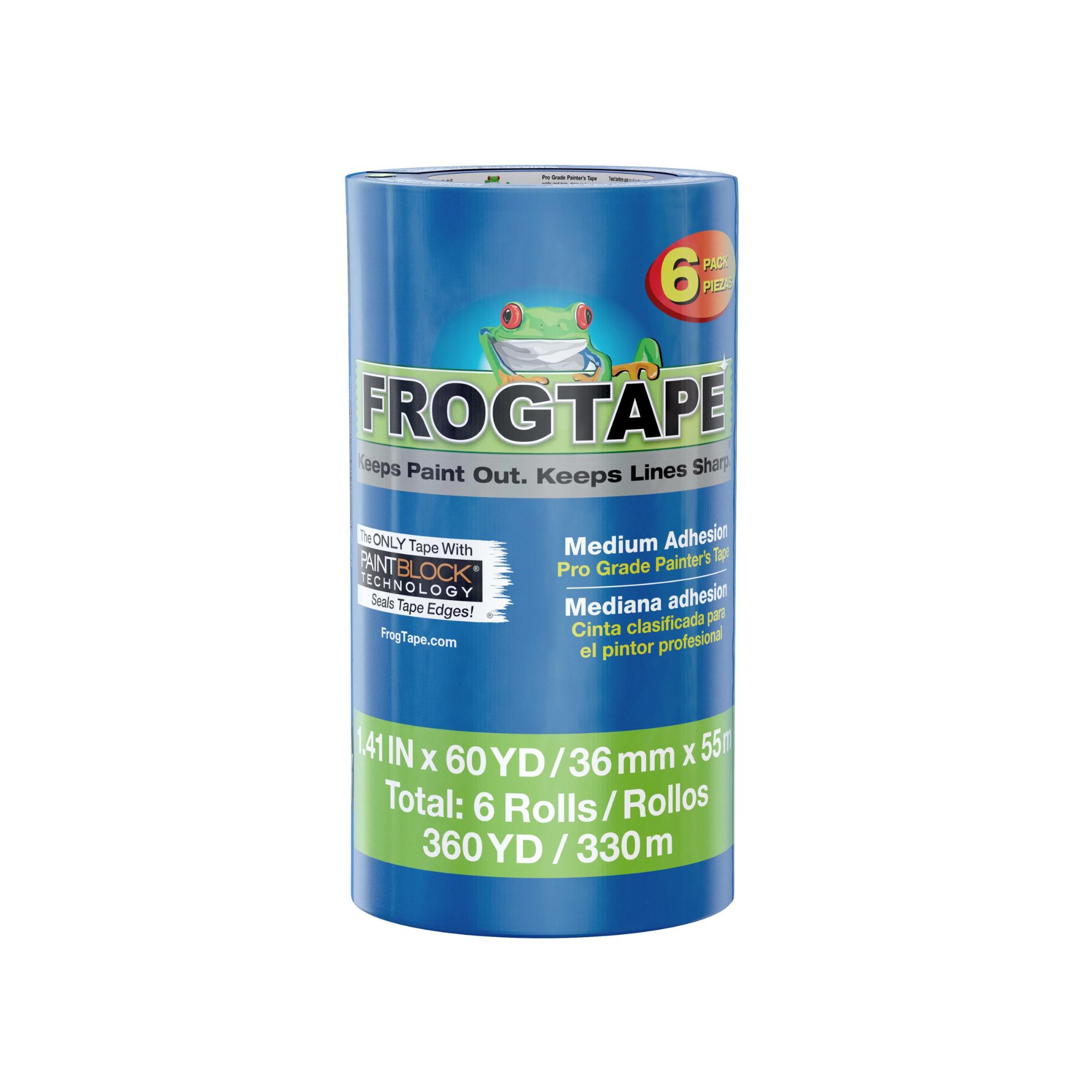
FrogTape Pro Grade Painter’s Tape combines the sharp paint lines of PaintBlock Technology with the value of a traditional blue painter’s tape.
FAQs
Why does paint peel when removing painter's tape?
There are a few reasons why painter's tape may peel paint, however, the most common reason is painting an uneven surface. If the tape does not fully adhere to a wall, baseboard, or door frame, then paint can seep beneath and pull up when you remove the tape – along with any paint it is stuck to. It may also be that you have stuck tape on top of existing paint, such as a ceiling, and the strong adhesive has lifted old dried paint away with it.
How do you touch up paint after removing painter's tape?
If you are left with peeling paint after removing the painter's tape, then you can touch up the area with the same colored paint and a small brush. Using a smaller, finer brush can help to prevent brush strokes and allow for more control to prevent painting any areas you had previously taped in the hopes of protecting.
Although painters tape my sound like a lot of hassle to put up before painting, it is essential for a fresh, professional finish. What removing it, always check the manufacturers instructions and you will be almost guaranteed a perfect paint job.
Sign up to the Homes & Gardens newsletter
Design expertise in your inbox – from inspiring decorating ideas and beautiful celebrity homes to practical gardening advice and shopping round-ups.

Chiana has been at Homes & Gardens for two years and is our resident 'queen' of non-toxic living. She spends most of her time producing content for the Solved section of the website, helping readers get the most out of their homes through clever decluttering, cleaning, and tidying tips. She was named one of Fixr's top home improvement journalists in 2024.
-
 Kelly Ripa and Mark Consuelos's dining room shelves combine unexpected elements for the ultimate storage solution – it's multi-functional and replicable
Kelly Ripa and Mark Consuelos's dining room shelves combine unexpected elements for the ultimate storage solution – it's multi-functional and replicableGreen shelves in Kelly Ripa and Mark Consuelos' dining room cleverly combine storage to accomplish separate purposes in a pretty way
By Sophie Edwards Published
-
 I'm a Sleep Editor – these are the 7 mattress features I think are gimmicks and not worth the spend
I'm a Sleep Editor – these are the 7 mattress features I think are gimmicks and not worth the spendIn my search to find the world's best mattress, I've come across some duds − learn from my mistakes and avoid these mattress gimmicks
By Emilia Hitching Published
-
 7 dorm room organizing rules for less clutter and more space
7 dorm room organizing rules for less clutter and more spaceExperts offer their top tips for creating a well-organized dorm room, no matter the size, space, or layout.
By Ashley Chalmers Published
-
 How to maximize storage in a small or shared dorm room, according to pro organizers
How to maximize storage in a small or shared dorm room, according to pro organizersFind out all the hidden storage zones you might never have noticed
By Ashley Chalmers Published
